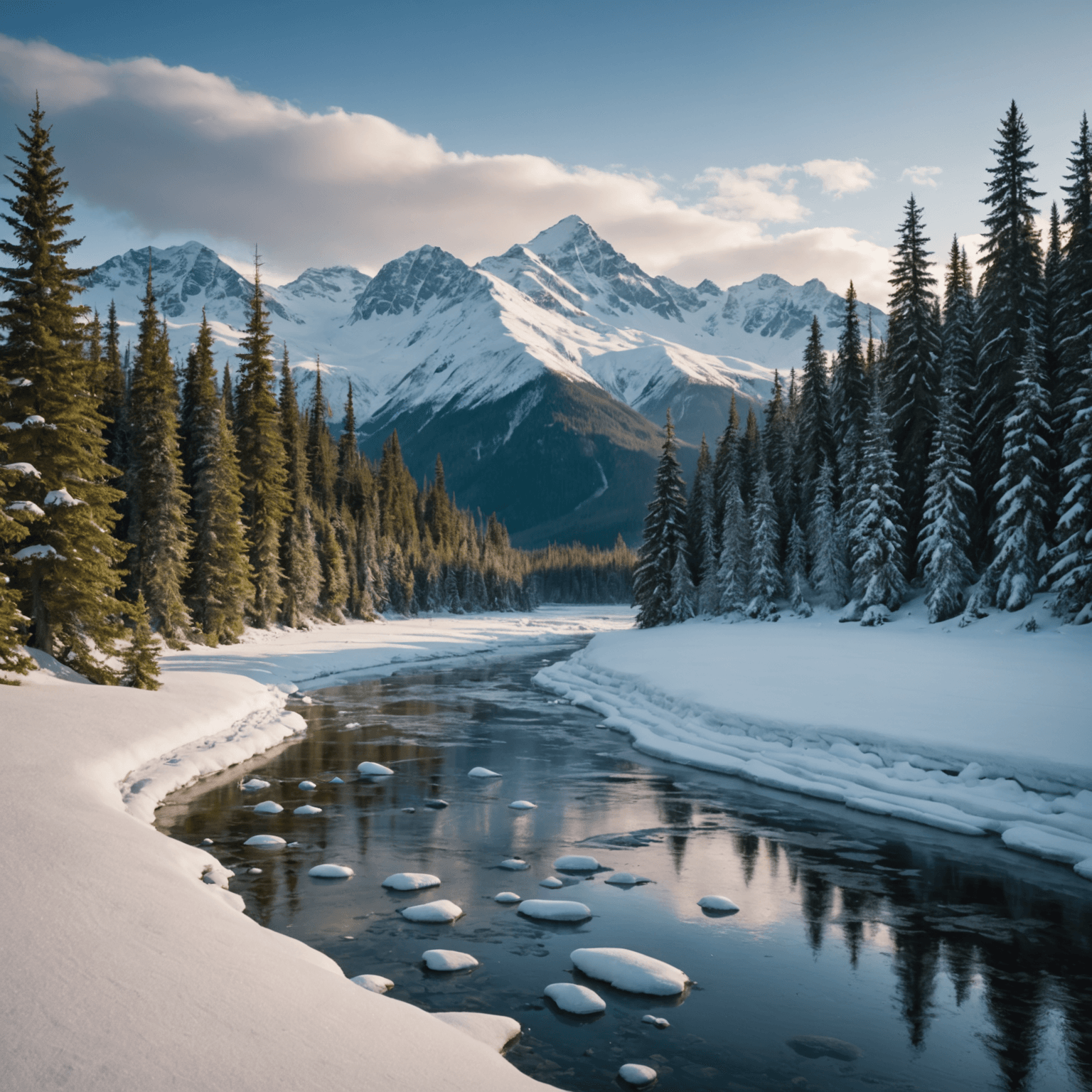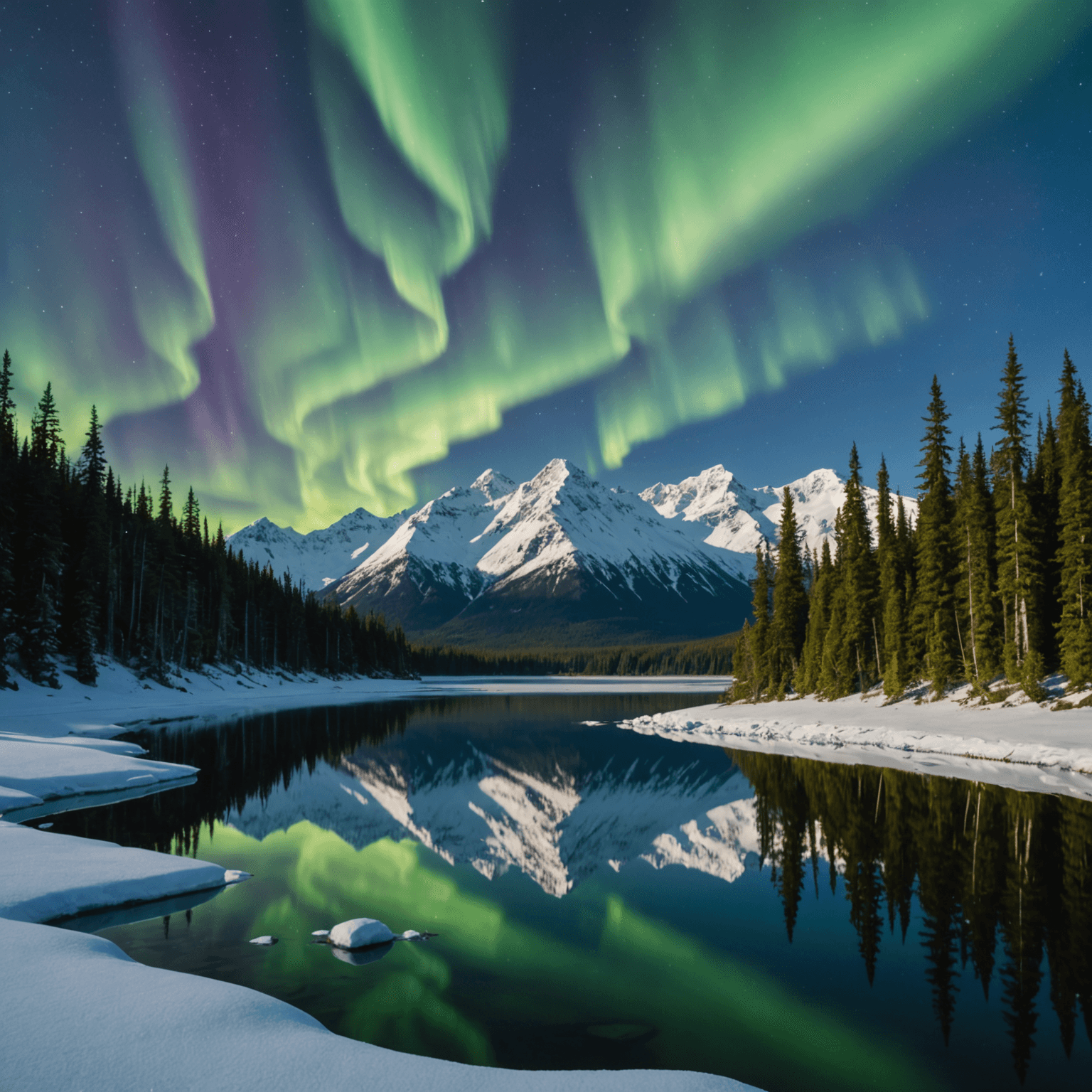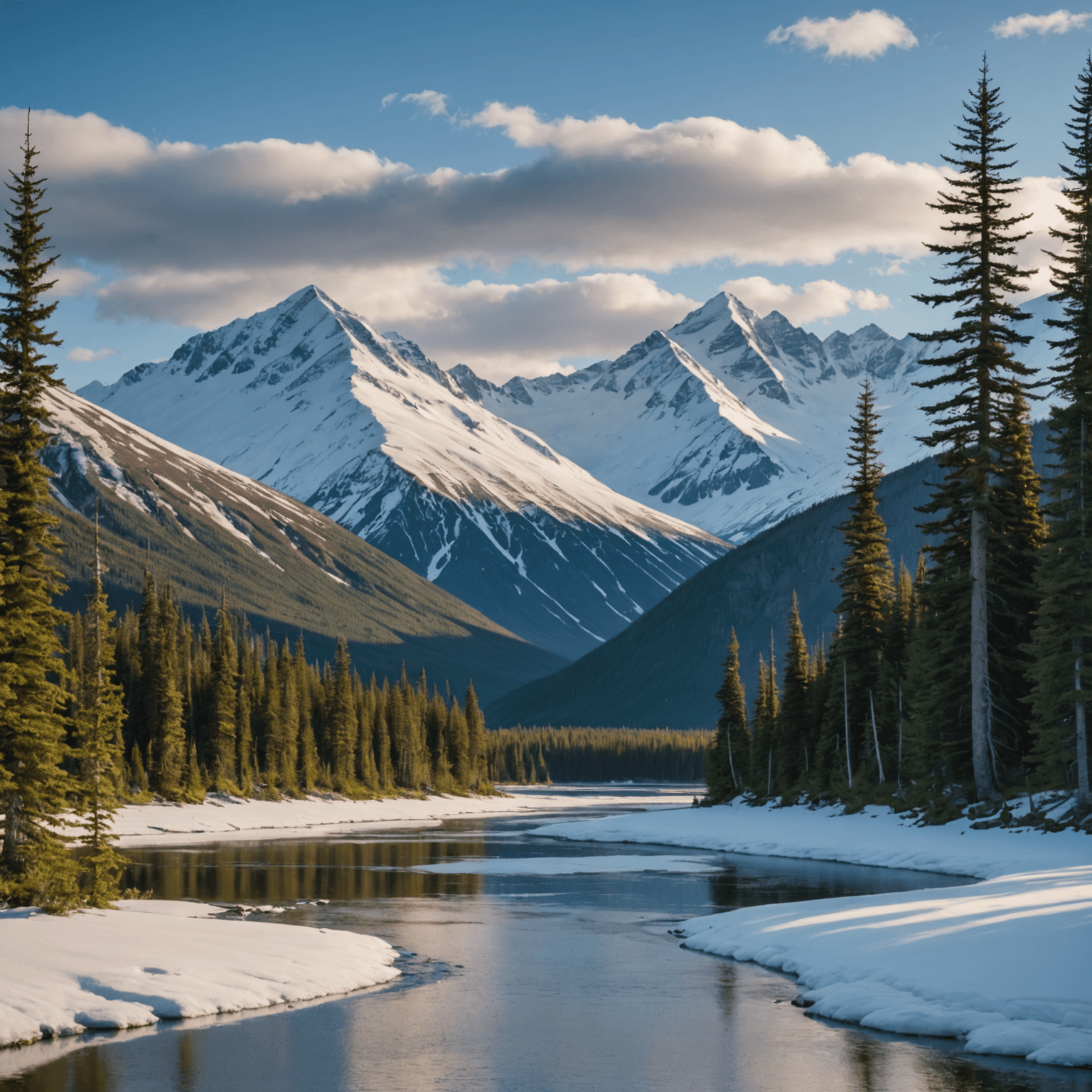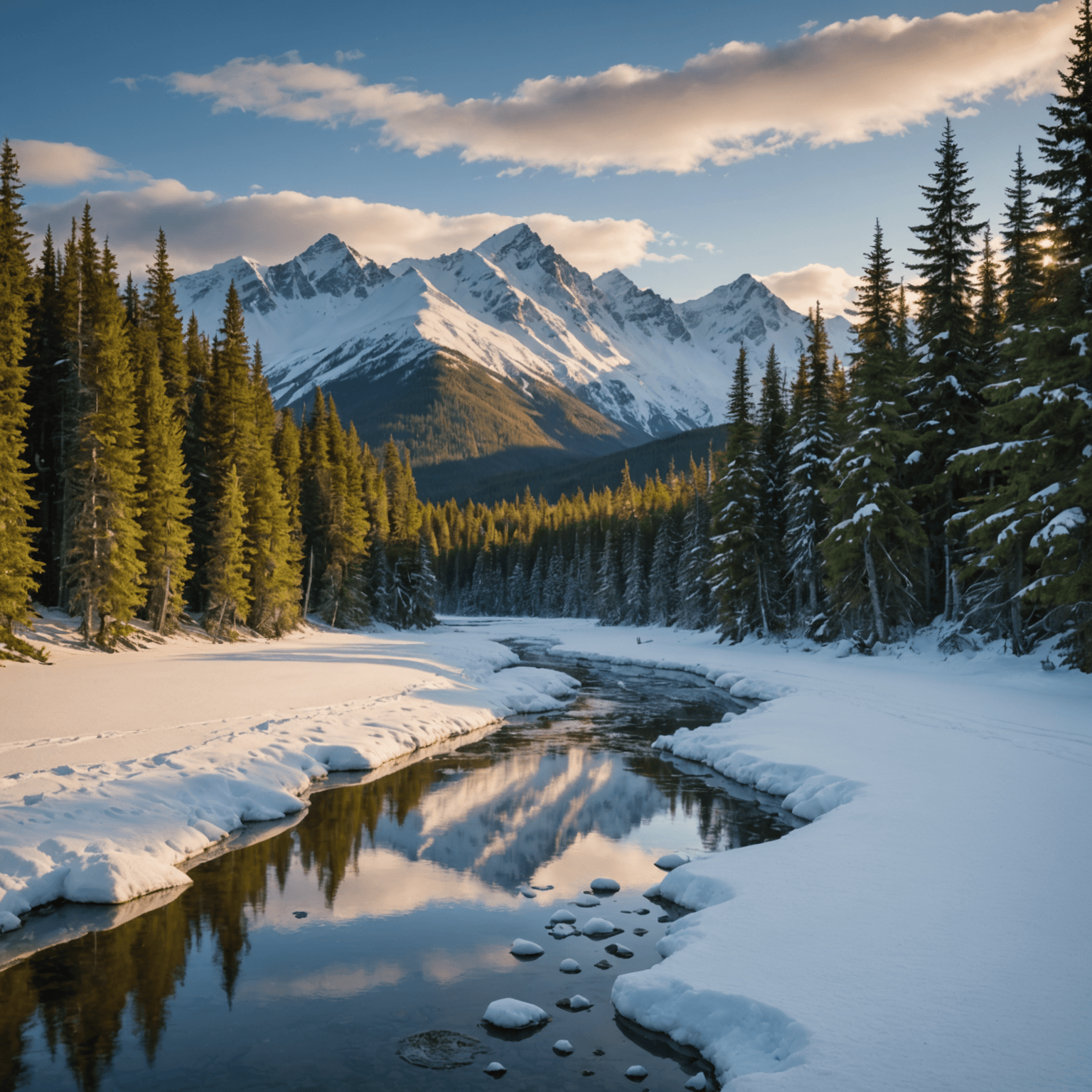Introduction
The Iditarod Trail Sled Dog Race is a legendary endurance event that captures the spirit of Alaska’s rugged wilderness. Central to this iconic race are the remarkable Iditarod huskies, dogs bred and trained to withstand the harsh conditions of the Alaskan terrain. These incredible canines are not just participants; they are the heart and soul of mushing, a unique sport that highlights the bond between humans and dogs. In this blog post, we will delve into the world of Iditarod huskies, explore their characteristics, and answer the question: what is mushing for dogs?
The Origins of Mushing
Mushing, the practice of using dogs to pull sleds over snow-covered terrain, has a rich history rooted in necessity and adventure. Originating with Indigenous peoples of the Arctic, mushing became a vital mode of transportation, enabling access to remote areas of Alaska and the Arctic regions. Today, mushing has evolved into a competitive sport and a way of life for many in Alaska.
The Iditarod Trail Sled Dog Race, often referred to as “The Last Great Race,” commemorates the 1925 serum run to Nome, which was a critical mission to deliver diphtheria antitoxin to save the town’s children from an outbreak. This historic event highlighted the importance of sled dogs and set the stage for the annual race that challenges mushers and their teams to traverse nearly 1,000 miles across Alaska’s varied landscapes.
Meet the Iditarod Huskies
Iditarod huskies are a unique breed of dog known for their endurance, intelligence, and teamwork skills. Unlike the Siberian Husky, which is a purebred recognized by kennel clubs, Iditarod huskies are often a mix of various breeds, including Alaskan Huskies, Siberian Huskies, and sometimes other breeds like Greyhounds or German Shorthaired Pointers. This blend results in dogs that are perfectly suited for the extreme demands of mushing.
Characteristics of Iditarod Huskies
- Endurance and Strength: These dogs are built for long distances, capable of running up to 100 miles a day during the Iditarod race.
- Intelligence and Adaptability: They are quick learners, able to follow commands and adapt to rapidly changing conditions on the trail.
- Teamwork and Social Skills: Iditarod huskies thrive in a pack environment, working seamlessly with other dogs and their musher to overcome obstacles.

Training and Preparation
Training Iditarod huskies for the race is a year-round endeavor. Mushers begin preparing their teams months in advance, gradually increasing the distance and difficulty of training runs. This rigorous training ensures that both the dogs and the mushers are in peak condition for the race.
Key Training Components
- Distance Training: Dogs are gradually introduced to longer runs to build stamina.
- Command Training: Huskies learn essential commands like “gee” (right) and “haw” (left) to navigate the trail.
- Socialization: Dogs must work well together, so social skills are honed through group activities and runs.
The Iditarod Race Experience
The Iditarod Trail Sled Dog Race is a grueling test of endurance, strategy, and survival skills. Mushers and their teams face unpredictable weather, treacherous terrain, and the challenge of maintaining the health and well-being of the dogs throughout the race.

Key Stages of the Race
- Anchorage to Nome: The race begins in Anchorage and ends in Nome, covering nearly 1,000 miles of Alaskan wilderness.
- Checkpoints: There are numerous checkpoints along the route where mushers can rest, resupply, and receive veterinary care for their dogs.
- Weather Challenges: Teams face extreme cold, blizzards, and strong winds, requiring careful planning and resilience.
The Bond Between Musher and Dogs
The relationship between a musher and their huskies is built on trust, respect, and shared experiences. This bond is crucial for navigating the challenges of the Iditarod race successfully. Mushers often spend countless hours caring for and training their dogs, forming deep connections that are evident on the trail.
Conclusion
The Iditarod huskies of Alaska are extraordinary animals, bred and trained to excel in one of the most demanding races in the world. Through their endurance, intelligence, and teamwork, these dogs embody the spirit of mushing and the deep bond between humans and animals. Whether you’re interested in the history of the Iditarod or the unique characteristics of these incredible dogs, understanding what mushing for dogs entails offers a fascinating glimpse into a world where adventure and companionship go hand in hand.
For those eager to experience the thrill of mushing firsthand, consider exploring dog sled adventure tours or immersing yourself in Alaska winter tours to witness the breathtaking landscapes and the remarkable huskies up close.
FAQ
What is mushing for dogs?
Mushing for dogs refers to the practice of using a team of sled dogs to pull a sled over snow-covered terrain. It is both a traditional mode of transportation and a modern competitive sport.
How are Iditarod huskies different from Siberian Huskies?
Iditarod huskies are typically a mix of various breeds, selected for traits like endurance, speed, and adaptability, whereas Siberian Huskies are a purebred recognized by kennel clubs.
How long is the Iditarod race?
The Iditarod Trail Sled Dog Race covers approximately 1,000 miles from Anchorage to Nome, Alaska.
What do huskies eat during the race?
Huskies consume a high-calorie diet rich in proteins and fats to maintain their energy levels during the race. This often includes a mix of meat, fish, and specialized dog food.
How can I experience mushing in Alaska?
You can experience mushing through guided dog sled adventure tours that let you explore the Alaskan wilderness with a team of sled dogs.
What are some challenges mushers face during the Iditarod?
Mushers face extreme weather conditions, challenging terrain, and the responsibility of ensuring the health and well-being of their dogs throughout the race.
How do Iditarod huskies stay warm in extreme cold?
Iditarod huskies have a thick double coat that provides insulation against the cold, and they are often equipped with booties to protect their paws from ice and snow.




